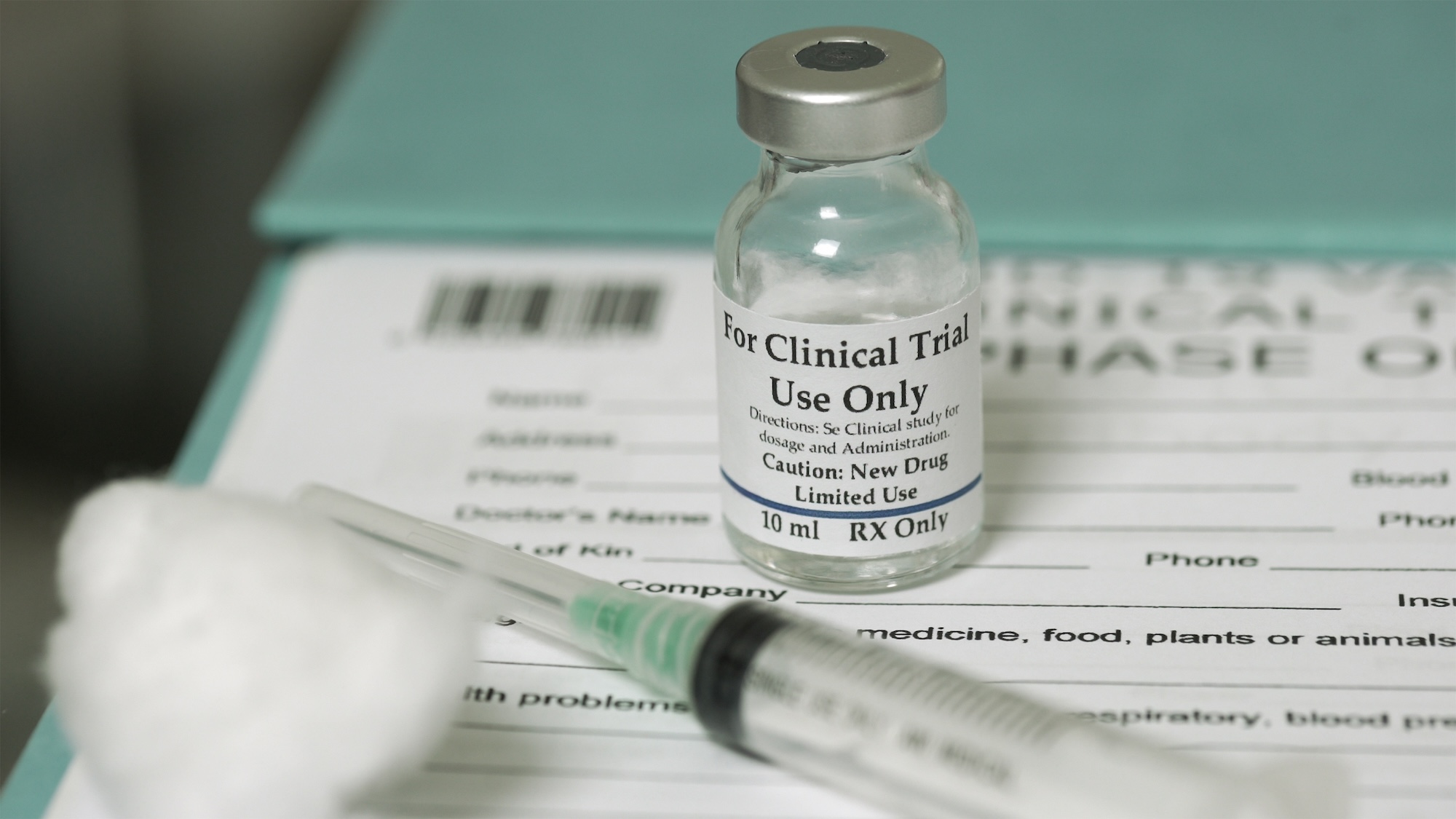Balancing Cost and Quality in the Pharmaceutical Supply Chain: A Quick Guide

Pharmaceutical companies often face pressure to maintain high profits while dealing with increasing competition and strict regulations. Reducing supply chain costs has become a key strategy to help keep profits up. However, cost-cutting must be done carefully to avoid reducing product quality, which can lead to significant financial and reputational harm.
"Keeping a high-quality supply chain for temperature-sensitive pharmaceutical products is extremely important. While managing costs is crucial for staying profitable, it should never lower the quality and safety of the products. The challenges of quality management and temperature control require careful attention to make sure that patients get safe and effective medications,” said Lie Berglind, Chief Quality Officer at TSS.
Importance of Quality Management
Quality management in life-science is more than just following regulations; it’s essential for business success. Crystal Mersh, CEO of Quality Executive Partners, recently highlighted in ‘Outsourced Pharma’, the need to invest in systems, equipment, training, and supplier quality checks. Ignoring these areas can result in poor quality products, financial losses, and damage to a company's reputation.

Crystal Mersh further elaborates that by using the Cost of Quality (COQ) concept, organizations can understand how they're using resources to prevent low quality, check products or services, and fix mistakes. This means looking at prevention, appraisal, and failure costs. When companies invest in quality management, they can reduce their overall COQ by stopping expensive mistakes and using their resources better.
Additionally, the Cost of Poor Quality (COPQ) is about the money spent because of making or delivering bad products or services. This includes costs like checking, mistakes made inside the company, and mistakes that affect customers. Quality improvement programs that work well can cut COPQ a lot, making a company more profitable and giving it long-lasting benefits. Knowing about these costs helps a company decide what to do first and reach its goals.
The Role of Temperature Control
Temperature control is a critical aspect of the pharmaceutical supply chain. The biopharma industry loses around $35 billion each year due to problems with temperature-controlled logistics. These losses include wasted products, disrupted clinical trials, and higher logistics costs. Additionally, compromised products can pose significant risks to patient safety. To avoid these losses, pharmaceutical companies need to invest in reliable temperature control systems and technologies.
Technology, especially IoT tracking, is vital in today’s pharmaceutical supply chains. By monitoring the movement of products and important factors like temperature, companies can make informed decisions about packaging, shipping routes, inventory control, and delivery methods. End-to-end (E2E) visibility helps optimize logistical costs and ensure product integrity.
Key Strategies for Supply Chain Improvement
To tackle common issues in the pharma supply chain—such as inaccurate forecasting, long lead times, insufficient inventory, and high costs—life-science companies need to adopt strategic measures:
- Building Strong Relationships with Suppliers:
Working closely with suppliers can improve reliability and flexibility, reducing lead times and ensuring a consistent supply of high-quality materials. - Investing in New Technologies:
Adopting new technologies, such as IoT for tracking and advanced analytics for forecasting, can enhance supply chain efficiency and reduce costs. - Developing Robust IT Systems:
A strong IT infrastructure is crucial for integrating different parts of the supply chain and providing the necessary visibility and control over processes.
Moving Towards a Resilient and Sustainable Supply Chain
Creating a resilient and sustainable pharmaceutical supply chain requires a focus on business outcomes through effective data collection, enhancement, and coordination. Companies need to understand how to use software and services to create a complete digital model of the supply chain. This digital model provides full visibility, allowing for better decision-making and more efficient operations.

"Improving the pharmaceutical supply chain is essential for ensuring the timely delivery of safe and effective medications,” Lie Berglind explained. “At TSS, we work closely with our customers to streamline operations and reduce costs. Our innovative SaaS solutions offer solid integration possibilities, providing the necessary visibility and control over the entire supply chain.”
Optimizing Cost and Quality in the Pharmaceutical Supply Chain
Balancing cost and quality in the pharmaceutical supply chain is a complex task that requires strategic investments and technological improvements. Quality management should be seen as a critical investment, not just an optional expense. Reliable temperature control and supply chain visibility are essential for maintaining product quality and reducing losses.
By building strong supplier relationships, investing in new technologies, and developing robust IT systems, pharmaceutical companies can achieve a cost-effective and resilient supply chain. This approach ensures financial stability and protects patient health, ultimately benefiting everyone involved.
Analyze your supply chain using data: The combination of rich data sets, powerful analytics tools and intuitive dashboards and reports enables you to compare and analyze your supply chain and identify new cost-saving initiatives that can help transform the way you manage and handle the delivery of drugs.
Business analytics services > |
Sources:
“A Resilient Supply Chain Starts With Full Visibility” (Forbes)
“Cost Of Quality: Worth Every Cent In Bio/Pharmaceutical Manufacturing” (Outsourced Pharma)
You may also be interested in

Change in the Management of TSS

Clinical Trial Supply Europe Event 2025

TSS Celebrates WTISD 2024: Embracing Innovation, Digitalisation, and Sustainability
You may also be interested in

Can You Rely on the Results from Your Clinical Trials?


